Can protests transform society?
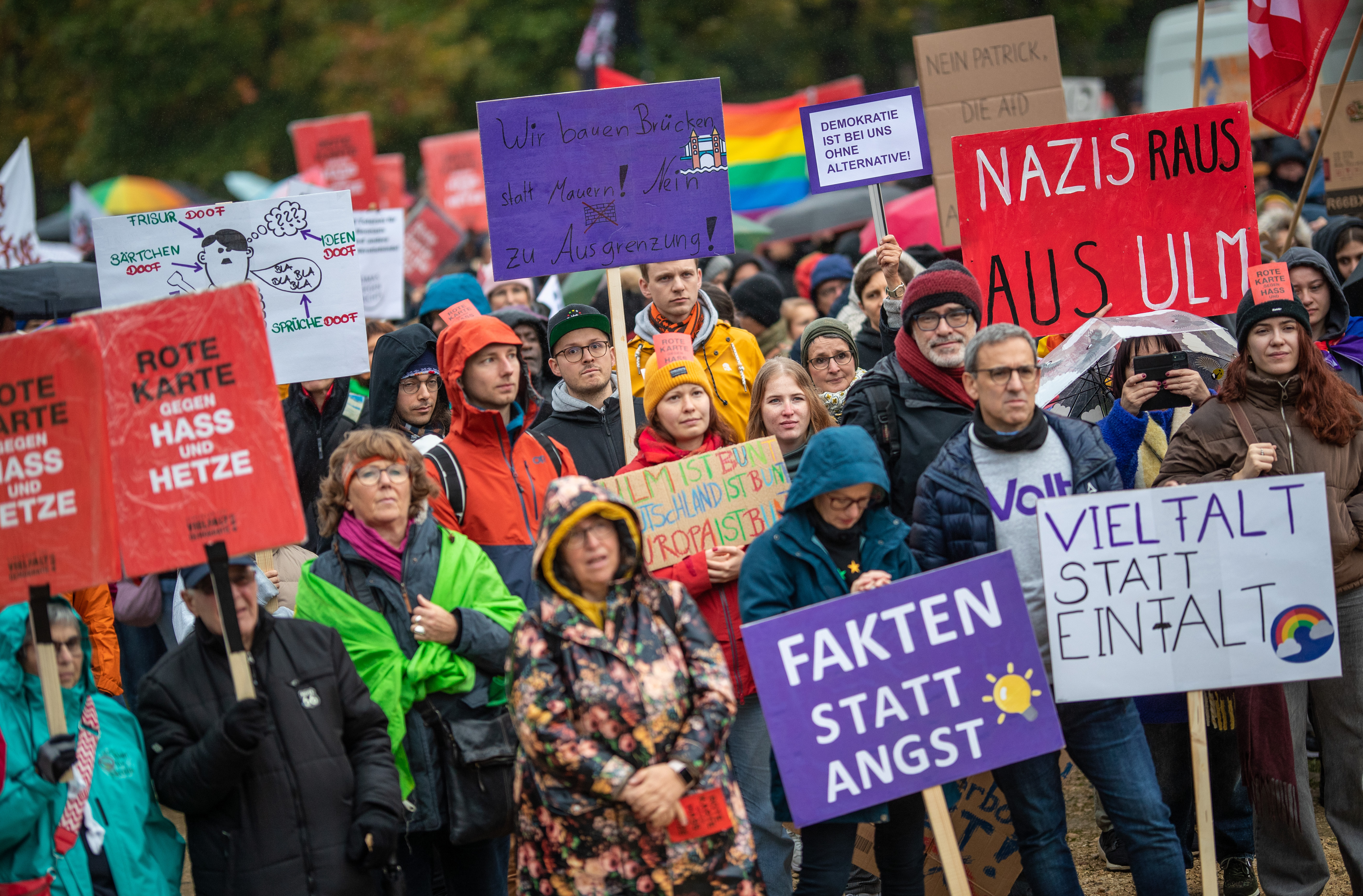
We rarely hear about protests that achieve their goals and bring about far-reaching change. The news is dominated by reports of failed protest movements—those that are violently crushed in autocracies like Syria or Sudan or that slowly fizzle out in democracies like Germany or the US. In his book “Die Neue Protestkultur” (The New Protest Culture) published on 23 September, political scientist Tareq Sydiq examines the evolution of protest and civil disobedience in the 21st century.
Protests like Iran’s 2022 feminist uprising are often reported with a kind of euphoria that fails to take the political and social context into account. In his book, Sydiq attempts the opposite. According to his thesis, the structure, organisation and impact of modern protest movements are strongly influenced by contemporary social, political and technological conditions. The success of these movements, he argues, is more dependent on these external factors than on the capacity of protesters themselves.

Equally decisive is the reaction of those addressed by the protest. For any real change to occur, many levers must be pulled simultaneously, Sydiq argues. How protest events are perceived is often more decisive than the events themselves—an argument that is particularly persuasive when considering the impact of social media.
Despite the creativity of these movements, many fail due to immense political hurdles, which has led to global disillusionment. But these protests should not be written off, as even in failure they have an impact. They create a sense of togetherness and teach protesters valuable lessons.
In several chapters, Sydiq discusses recent protest movements—civil disobedience by Iranian women against the mandatory headscarf law, or pro-democracy protests in Hong Kong—and links them to historical examples like the US civil rights movement.
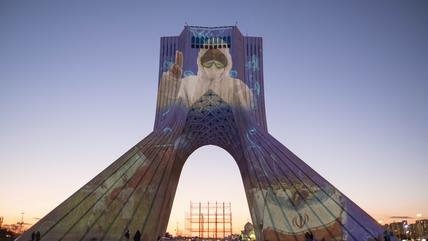
"Strikers feel they have nothing left to lose"
In Iran, nurses are on strike to protest miserable living standards and stressful working conditions. Desperation is driving many abroad, and some to suicide.
What is protest?
Sydiq constructs his theory of protest gradually, beginning with the concepts of political protest and civil disobedience. He uses the example of the US civil rights movement to examine the origins and development of social movements over decades. In doing so, he demonstrates that though protests are no new phenomenon, they must always adapt to changing social conditions.
For Sydiq, protest is a versatile means of political expression that has been fueled by new technologies like the internet, considered by many to have been central during, for example, the Arab Spring in 2011. Sydiq agrees that the internet opened up a large digital space for protest, but believes that technologies are “rarely permanent game changers”.
Technologies give protesters a short-term advantage if they are more adept at harnessing them than the state. But ultimately protesters cannot keep up with the state’s budget and infrastructure in the long-term. Sydiq’s analysis leaves the effectiveness of digital activism and other new forms of protest open to question.

Through countless studies and historical examples, Sydiq shows that non-violent protests have a greater chance of winning over majorities and ultimately prevailing. His reflection on the contrast between spontaneous protests and well-organised movements is particularly interesting. Protests neither change the political balance of power nor give a clear idea of how public majorities and moods are developing in a country. Yet politics does react to them. Protests exist in a space between all political institutions like parliaments, elites, and opinion polls.
Iran’s culture of civil disobedience
Opposition to the mandatory headscarf law in Iran is one of the book’s primary case studies. Sydiq uses it to analyse the dynamics of movements that become powerful forces of resistance, despite operating under extreme repression.
For Sydiq, recent protests represent a form of civil disobedience that is deeply rooted in Iran’s national culture. The act of removing a headscarf in public shatters the image of the all-powerful state and calls its legitimacy into question, revealing the inability of the country’s security and police forces to enforce the law across the board.
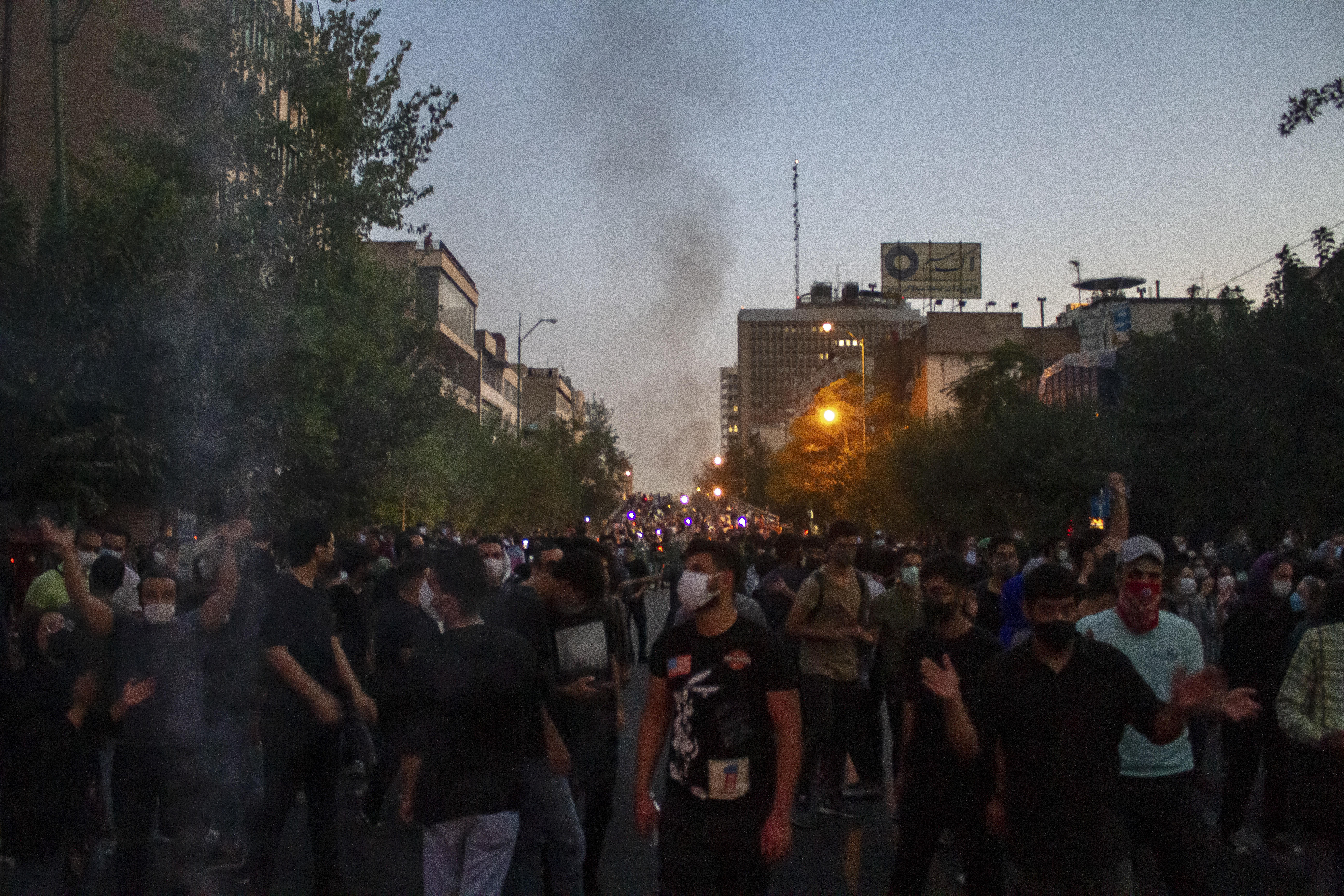
The nationwide mass protests that broke out in 2022 built on and, in Sydiq’s view, owe their size to the civil disobedience of previous years. One successful example of Iranian civil disobedience Sydiq names is the omnipresence of satellite dishes, officially banned but widely sold and used.
Sydiq predicts that the continuation of these forms of disobedience could give rise to a new mass movement within five or ten years—even if the street protests are quelled and the hijab remains mandatory.
Winning the German majority
Germany’s protest culture is of particular interest to Sydiq in the context of growing right-wing extremism. Based on the nationwide protests against the right in January and February 2024, he examines the differences between social movements in Germany and other Western democracies.
Despite the structural advantages of an established democracy, protesters face a different set of challenges in Germany, in particular the fragmented nature of protest movements against the right. Sydiq asks how social movements emerge from protests and what influence these movements can ultimately exert on politics.
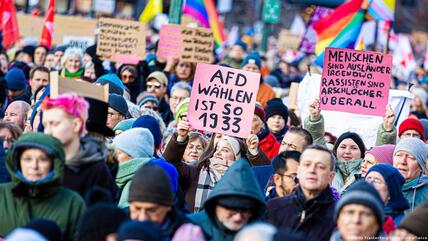
"Never again" is now
Ever since the AfD's plans to deport immigrants were publicised, hundreds of thousands of people across Germany have taken to the streets in protest
Protests that fail to win over the majority are less likely to succeed. However, according to Sydiq, a movement that does not become too radical and whose protagonists continue despite all resistance does have the chance of changing both civil society and politics in the long term.
Revolution and counterrevolution in Sudan
Sydiq points to protests in Sudan, which led to the overthrow of dictator Omar al-Bashir in 2019, as an example of an initially successful revolutionary project that was quickly marginalised. He describes the dramatic events that led to the war and shows how civil society retains a central role despite political instability.
Protesters in Sudan, Sydiq says, were repeatedly able to secure victories including the liberation of the press, the prevention of discriminatory laws against women, and, finally, the overthrow of the dictator. But the Sudanese opposition was unable to realise its actual political objective, which was democratisation. Sydiq attributes this failure not only to the greed of the two generals who have been at war since April 2023 but also to the divisions within the movement itself. According to Sydiq’s thesis, the more concrete its demands, the more divided a movement becomes.
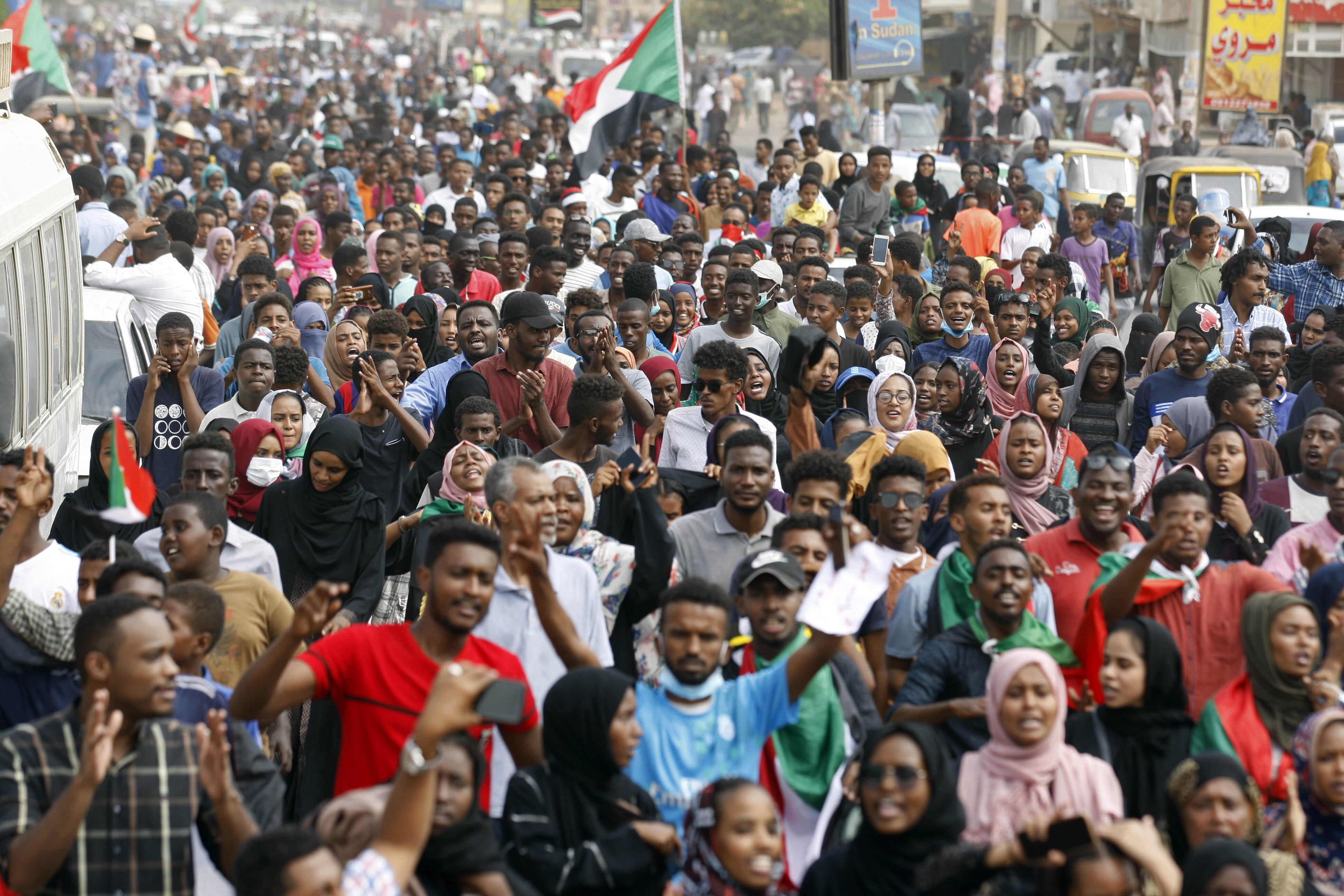
In times of crisis, Sydiq continues, activism involves more than just demonstrating. For example, it may involve protecting those around you from harm. He shows how civil society in Sudan is currently taking on tasks usually performed by the state, such as healthcare. In doing so, civil society continues to cultivate networks as it awaits the right moment to resume the fight. Whether the movement will resume the proactive fight for democratisation after the war is over, will also depend on the reaction of the warring generals.
The global backlash
At the end of the book, Sydiq addresses the global increase in repression of protest movements. In many cases, protests are ultimately either violently suppressed or vilified. In autocracies in particular, protest movements can initiate social change but are rarely able to break through existing power structures.
To understand this global backlash, a more in-depth analysis of solidarity and cooperation between the protest movements themselves, and an analysis of which protest movements are strengthened or hindered by this cooperation, could have been useful. It also remains unclear in Sydiq’s analysis whether protest movements will play a great role in political decision-making processes in the future, or whether they will be marginalised in the face of this repression.
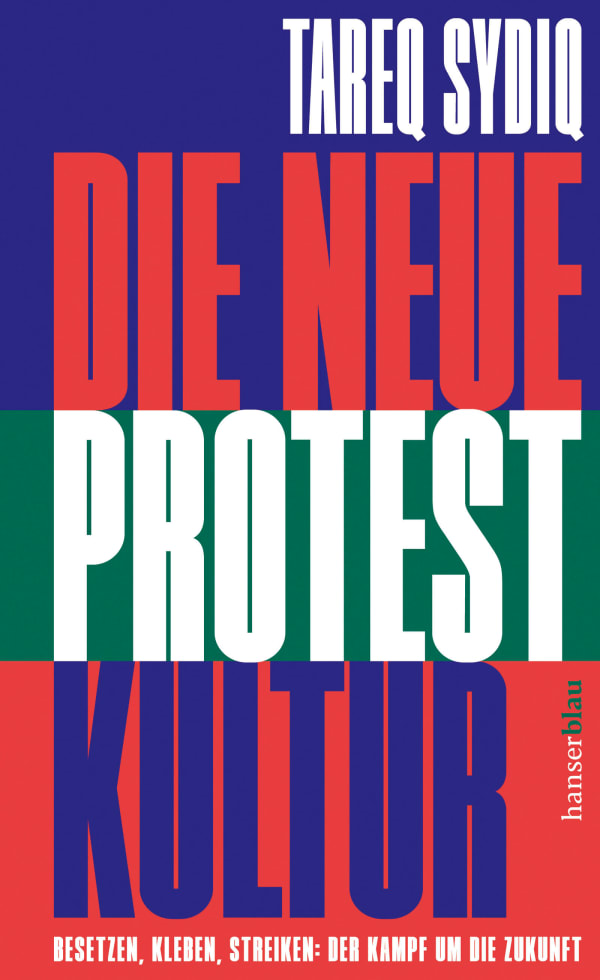
Sydiq does make it clear, however, that despite technological advances, modern protest movements are still heavily dependent on political conditions and reactions. It’s an extremely timely book whose strength lies in how it brings together and analyses diverse protest movements that are usually discussed in isolation in Germany.
"Die neue Protestkultur. Besetzen, kleben, streiken: Der Kampf um die Zukunft”
Hanserblau Literaturverlag
187 pages
20 Euro (Hardcover)/14,99 Euro (Ebook)
© Qantara.de